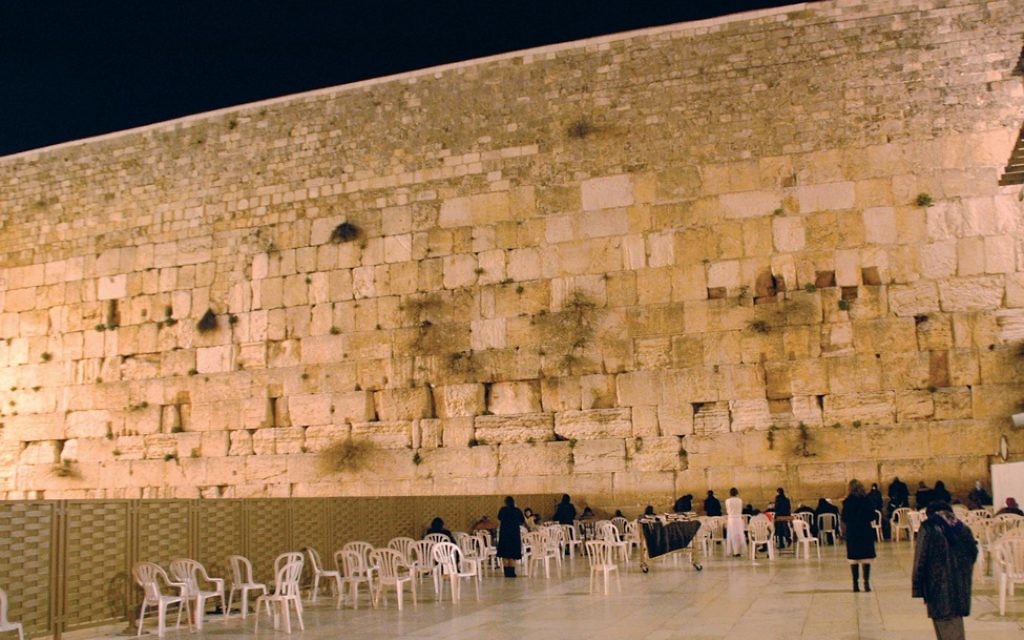A 50-Year Legacy
The consequences of the Six-Day War are still developing.

Fifty years have passed since the June 1967 Arab-Israeli war. Arab states lost the war and yet believed that they were victorious. Israel won the war and could not impose peace.
Neither of the two superpowers that had some influence over their respective allies could stop the war from unfolding. In fact, the Soviet Union was primarily responsible for goading Egyptian President Gamal Abdel Nasser to go to war. And the United Nations, specifically detailed with finding ways to keep the peace, deliberately removed peacekeepers stationed between two enemy armies, allowing the snowball of war to roll quickly downhill toward a massive conflict.
The 1967 war was a watershed in Middle Eastern, Jewish and Israeli history. It was one of those rare events that are historically transformative, much like the American Revolution, the outbreak of World War I and the fall of the shah. Transformative events unleash a series of results and unintended consequences, many of which are still unfolding and others for which there are as yet no answers or outcomes.
Get The AJT Newsletter by email and never miss our top stories Free Sign Up
The war’s aftermath unfolded ideas, processes and attitudes that no one could have contemplated before the war. Who knew about land for peace, a two-state solution, distancing from Israel, settlements, the splintering of both the Israeli and Palestinian Arab political systems, and the overwhelming American role in dominating what has come to be known as a “peace process”?
After the six days in June 1967, Israel was no longer a tiny wedge of land along the Mediterranean Sea. Its narrow width expanded from 11 to 44 miles, and it increased its area sixfold. From Egypt, Israel won Sinai and the Gaza Strip; from Jordan, the West Bank and Jerusalem. And Syria lost the Golan Heights.
Not since World War I had Middle East boundaries been redrawn in such a profound way.
The war was a humiliating defeat for Arab leaders and Arab populations at large. Twice now in the two decades since Israel’s establishment in 1948, Arab states had lost a war to their most hated enemy, the Zionists.
For the next 50 years, three Arab generations with billions of oil dollars at their disposal chafed under the daily reality that neither they nor their leaders nor collective action could eliminate Israel. Petro-dollars could not stop Anwar Sadat from negotiating a peace with Israel, nor could they alter long-term American support for Israel.
The war solidified Israel’s existence as a state. It blew down the door of pan-Arabism, based in part on Egypt’s leadership and the ideological glue that destroying Israel had provided. After losing lands under their control, Jordan, Syria and Egypt wanted those lands back as much as they had wanted to promote Israel’s destruction.
Simply put, if Egypt’s President Nasser had not lost the Sinai Peninsula in June 1967, his successor, Sadat, would not have needed or wanted it back in the late 1970s, and wanting it back forced Sadat to make peace with Israel through the United States.
Did the failure of pan-Arabism lead 50 years later to the failing of Arab states?
From the war, Israel and her supporters worldwide derived a sense of the Jewish state’s durability, consolidation but not full acceptance by the Muslim world and others.
Diaspora Jews embraced pride and euphoria because of Israel’s success. North American Jews and, for that matter, many Christians affirmed and reaffirmed Israel’s importance in their lives, so much so that many made Israel a critical core of their Jewish center. Trips to Israel, study-abroad programs and later Birthright were value-added to Jewish identities, slowing the pressures of assimilation.
Finally, without the June war, Palestinians would not have witnessed an emergent national identity. After imbibing terrorism, they would not have refused and then ultimately accepted diplomacy in dealing with Israel. Though the international community tried to force them to choose peace or war, 50 years later they have not yet reached a conclusion on whether to end the conflict with Israel.
And Israelis remain deeply splintered about whether to trust their Palestinian neighbors in a two-state solution. Unfinished and entirely unanticipated outcomes remain from a war that Nasser believed would destroy Israel once and for all.
Ken Stein is the president of the Center for Israel Education (www.israeled.org), the director of the Emory Institute for the Study of Modern Israel, and an Emory professor of Middle Eastern history, political science and Israel studies. For more on the Six-Day War, please see his “The June War: How it Changed Jewish, Israeli, and Middle Eastern History” at israeled.org/product/june1967.




comments